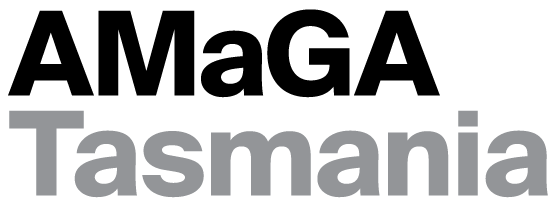 |
| Image by Image: Scott Gelston/the Examiner |
The talk
You are cordially invited to
attend this free talk.
When: Thursday, 13 July 2017, 12.45pm
Where: Queen Victoria Museum
2 Invermay Road, Launceston
Who: Arts Tasmania’s Roving Curators –Melissa Smith and Veronica Macno
Cost: Admission free
10 Objects - 10 Stories: Celebrating Community
Collections
This exhibition presents a remarkable range of objects and
their stories and highlights the role that small museums and collections play
as the custodians and story tellers of Tasmania’s unique cultural heritage. Curators
Melissa Smith and Veronica Macno work with the state’s community museums,
history groups and organisations on projects designed to improve best practice
in the preservation of our heritage. This talk will provide an insight to the Roving Curator program
and reveal more detail about some of the treasures on display and their
associated tales.
The stories
Here is one of the stories about one of the objects in the exhibition. It is about the Brush tail Possum Jacket and hat being admired by Veronica and Melissa in the image above.
Jacket and hat, c.1970s
Black Brush Possum fur, polished cotton
From
the collection of the Deloraine and Districts Folk Museum, Deloraine
John Cunningham as a young forester stationed at The Arm
River Forest Camp, Mersey in the 1970s, kept himself entertained of an evening
snaring possums on North Maggs Mountain and the Dublin Plain. His intention was
to acquire enough skins to have a jacket and hat crafted for his future bride,
Sharon. He dried the skins in the historic hut, The Dew Drop Inn which was
adjacent to the Forest camp. Later John was transferred to Mathinna and he took
over the abandoned snaring run of Hector Raynor on Mt. Blackboy. When enough
skins of quality were obtained they were tanned and assigned to Furrier Frank
Zaplatel at Montrose in Hobart to be constructed into the beautiful coat and
hat. In total 26 skins were used in the jacket and two skins in the hat. The
majority of the many skins taken in Tasmania during this time were exported
overseas, mainly to Europe, making these locally made pieces rare products of
this trapping period.
The Deloraine and Districts Folk Museum is located in the
1860s heritage listed Family and Commercial Inn in Emu Bay Road in Deloraine.
The museum’s collection represents the local rural history and heritage and the
folklore of the community living in the region.
The museums
Thank you to the museums that caretake our heritage. This year's exhibition features objects from these museums:
Avoca Museum and Information Centre
Deloraine and Districts Folk Museum
Australasian Golf Museum
New Norfolk Historical Information Centre
Wynyard RSL Museum
Burnie Regional Art Gallery
Tasman Peninsula Historical Society
Penguin History Group
Scottsdale RSL Museum
Deny King Heritage Museum
For more information: http://www.arts.tas.gov.au/funding/programs/roving_curator_program

No comments:
Post a Comment